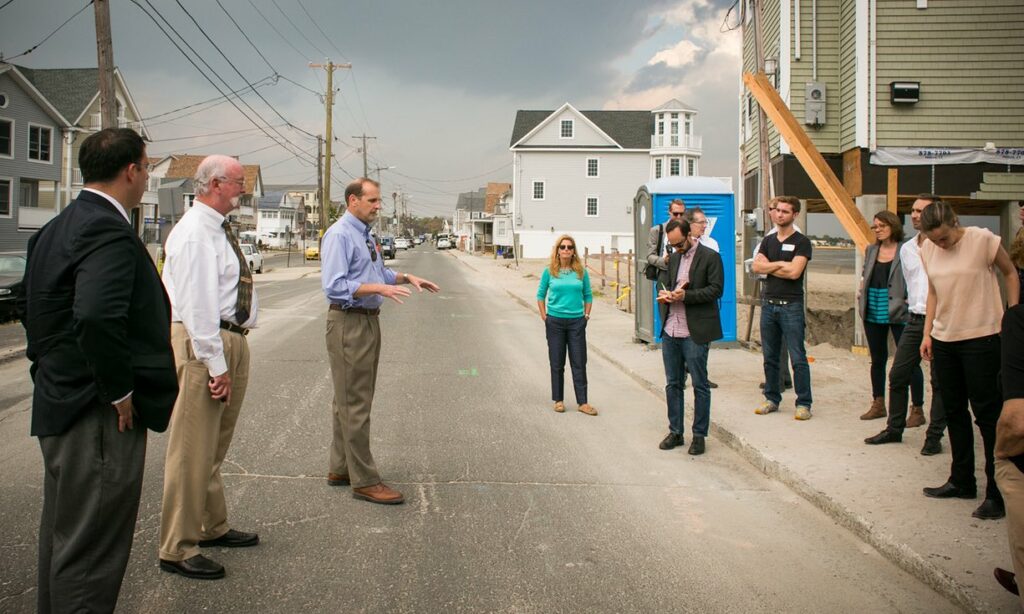The Guardian: Ten years ago, New York City mayor Michael Bloomberg released a plan to create what he called “the first environmentally sustainable 21st-century city”. The blueprint, known as PlaNYC and released on Earth Day, outlined more than 100 projects and policies to create that sustainable city by 2030.
It set a precedent for local action on climate change; cities around the world began drafting their own sustainability plans. But then in October 2012, it got a harsh reality check.
“We would talk about sea-level rise and how it was this thing that would happen in the future,” says Amy Chester, part of the team that created PlaNYC. “Never once in that office did we imagine a storm like Hurricane Sandy could hit New York.”
Hurricane Sandy made landfall north of Atlantic City, New Jersey, on 29 October 2012. Within hours, it was inundating New York harbour with a storm surge of waves that reached a record height of nearly 14 feet. The storm ravaged coastal communities: an estimated 80% of the city of Hoboken was under water. The power went out in most of Lower Manhattan as its basements, tunnels and subways flooded, bringing the biggest city in the country to a near-standstill.

